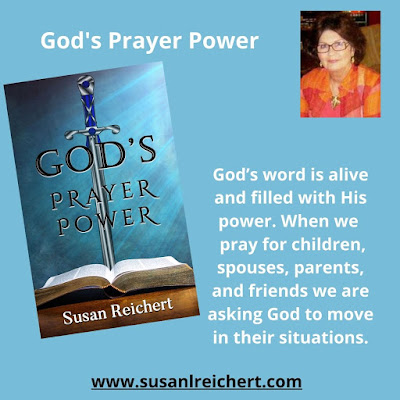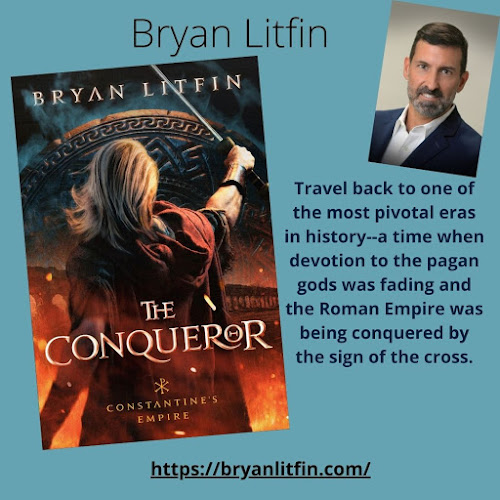Bryan Litfin
Part 2. . .
My book The Conqueror is Roman and Christian but
not biblical. That is, it doesn’t take place in the first century AD when Jesus
of Nazareth was still within eyewitness memory and his apostles roamed the
empire, spreading the good word and saving souls.
Instead, my historical
fiction trilogy centers on the rise of “imperial Christianity” in the fourth
century AD, when the Roman Empire finally left its persecuting, pagan ways and
took its first steps toward being Christian. Emperor Constantine, though not the
central protagonist in the story, stands as a consistent symbol for what is
happening in the soul of the empire.
The plot follows a
Germanic warrior who enters the Roman army as a special forces operative and
spy (sort of like an ancient Jason Bourne). Down in Rome, he meets a senator’s
daughter who is part of the primitive catholic church. The first novel begins
with them as late teenagers, and the third ends with them as thirty-something adults.
They work together, fall in love, face trials, endure separation, and have grand
adventures—all while learning to trust the one true God as their story unfolds.
Along the way, the
plot hits many high points of early church history: Constantine’s solar vision
of a cross in the sky; the famous Battle of the Milvian Bridge for control of
Rome; the Edict of Milan that ended Christian persecution; the founding of St.
Peter’s Basilica by the pope; the formulation of the Nicene Creed to define the
Trinity; Constantine’s unification of the empire under Christianity; and his
mother Helena’s discovery of the fragments of the True Cross at the Church of
the Holy Sepulcher in Jerusalem.
Has any period of
history ever contained so many dramatic moments? Certainly in the annals of church
history, there was no more pivotal era than the years AD 310–330. This is why I
have set my Constantine’s Empire trilogy
in these amazing times. There are just too many great stories that demand to be
told through the eyes of firsthand participants. As a scholar, I already knew
this. Hey, I thought, I should turn this history into a saga that
novel-readers would enjoy!
But let me be
clear. The point of my novels isn’t to teach, but to entertain. If a reader
isn’t breathlessly turning the pages during an action scene or getting a little
moisture in the eyes during a poignant scene, I haven’t done my job. Yet
readers of historical novels don’t want pure entertainment. They choose the
historical genre because they want to learn a little something about the period
being described. They want to be swept out of their mundane lives into a
valiant age gone by. Whether that era is populated by cavemen, Israelite kings,
Viking warriors, or pioneers . . . well, that is up to the individual reader.
My hope is that if you like ancient Rome, perhaps The Conqueror is for you. There are a lot more stories to be told
beyond the biblical era!

Bryan Litfin is the author of the Chiveis Trilogy, as
well as several works of nonfiction, including Early Christian Martyr
Stories, After Acts, and Getting to Know the Church Fathers.
A former professor of theology at the Moody Bible Institute, Litfin earned his
PhD in religious studies from the University of Virginia and his ThM in
historical theology from Dallas Theological Seminary. He is currently an
acquisitions editor for Moody Publishers. He and his wife have two adult
children and live in Wheaton, Illinois. Learn more at www.bryanlitfin.com.






























